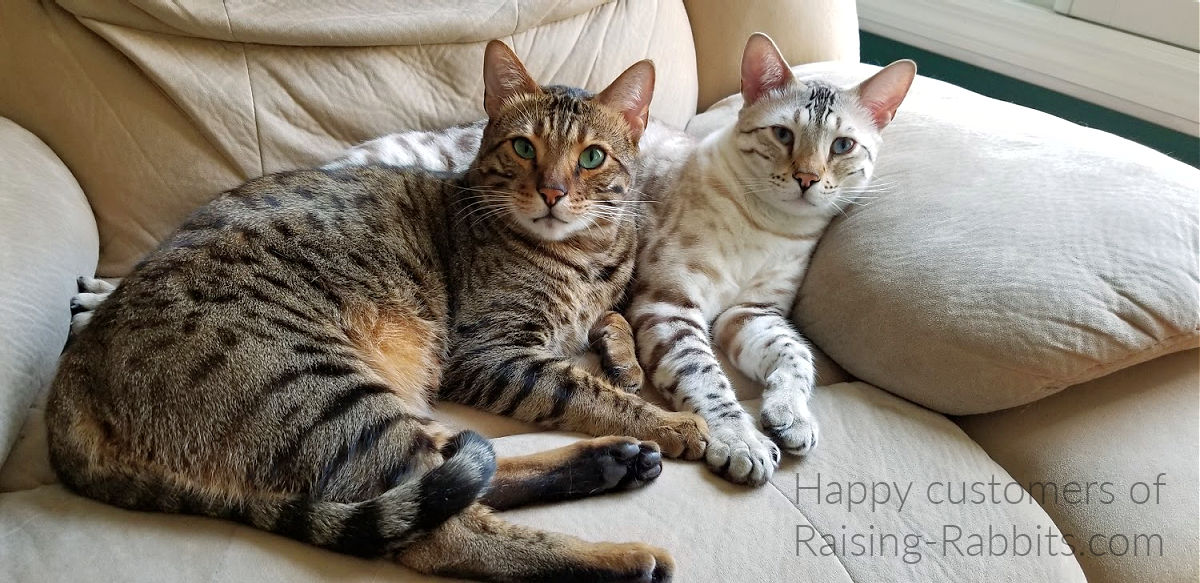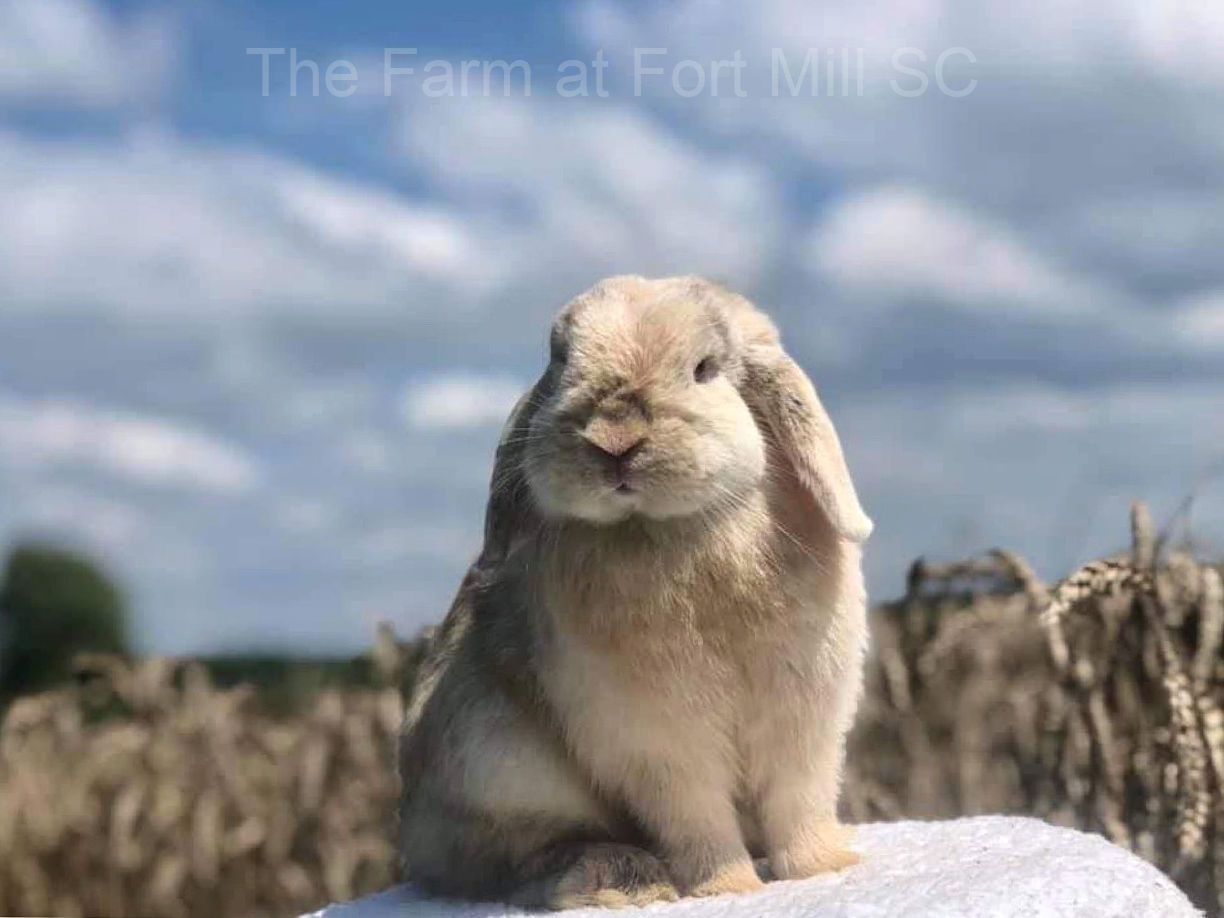Mixed rabbit is actually classified as a breed
by Hannah
(USA)

Bella's face
I got my bunny off craigslist for 25$. Her mom was a Mini Rex/Mix and her dad was a Rhinelander. For awhile I thought that she was a harlequin but I checked out your site and found to my surprise that she is a Golden English Spot. She is the sweetest bunny ever. If all English Spots are like her then I definitely recommend them.
Comments for Mixed rabbit is actually classified as a breed
|
||
|
||
|
||
|
||
|
||
Double-Value Guarantee
Our policy is to always OVER-deliver
on value,
which is why your purchase is fully covered by our
Double-Value
Guarantee.
Go ahead - take any of our e-books for a test drive. Peruse our detailed informational and educational e-books. Examine our plans for building rabbit cages, runs, or metal or PVC hutch frames. Check out the Rabbit Husbandry info e-books.
If you aren't completely satisfied that your e-book purchase is worth at least double, triple or even quadruple the price you paid, just drop us a note within 45 days, and we'll refund you the entire cost. That's our Double-Value Guarantee.
Note: When you purchase your
e-books, they will be in PDF format, so you can download them to any device that
supports PDF format. We advise making a back-up copy to a drive or cloud
account. If the books are lost, you can also purchase another copy from Raising-Rabbits.












